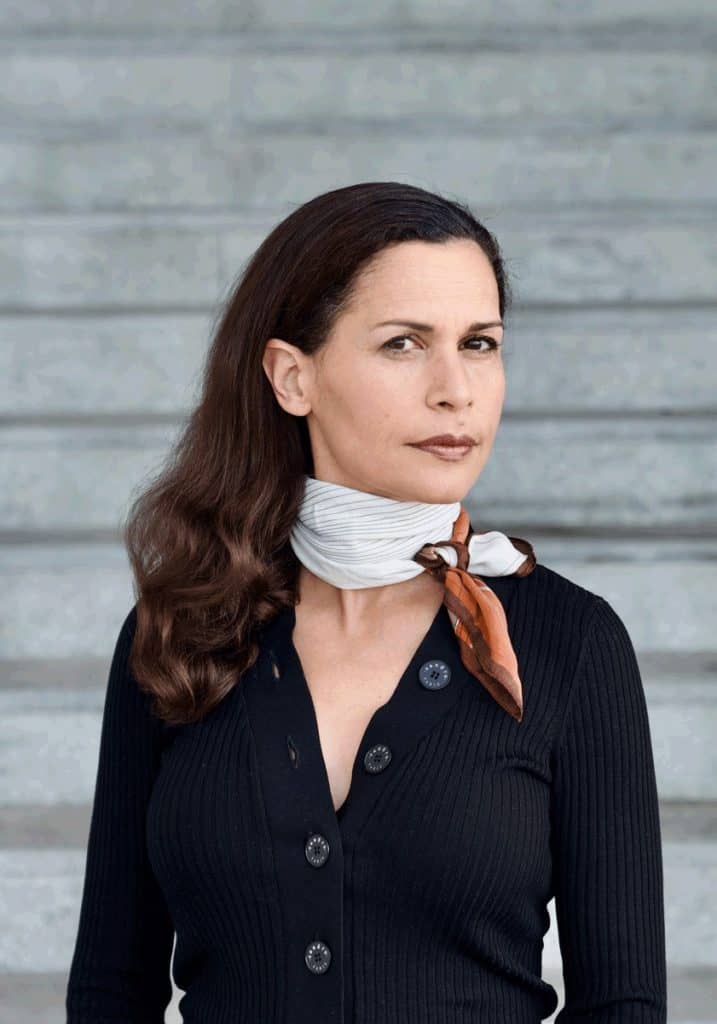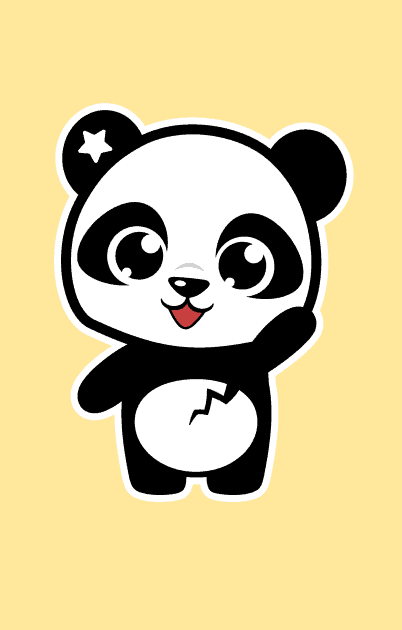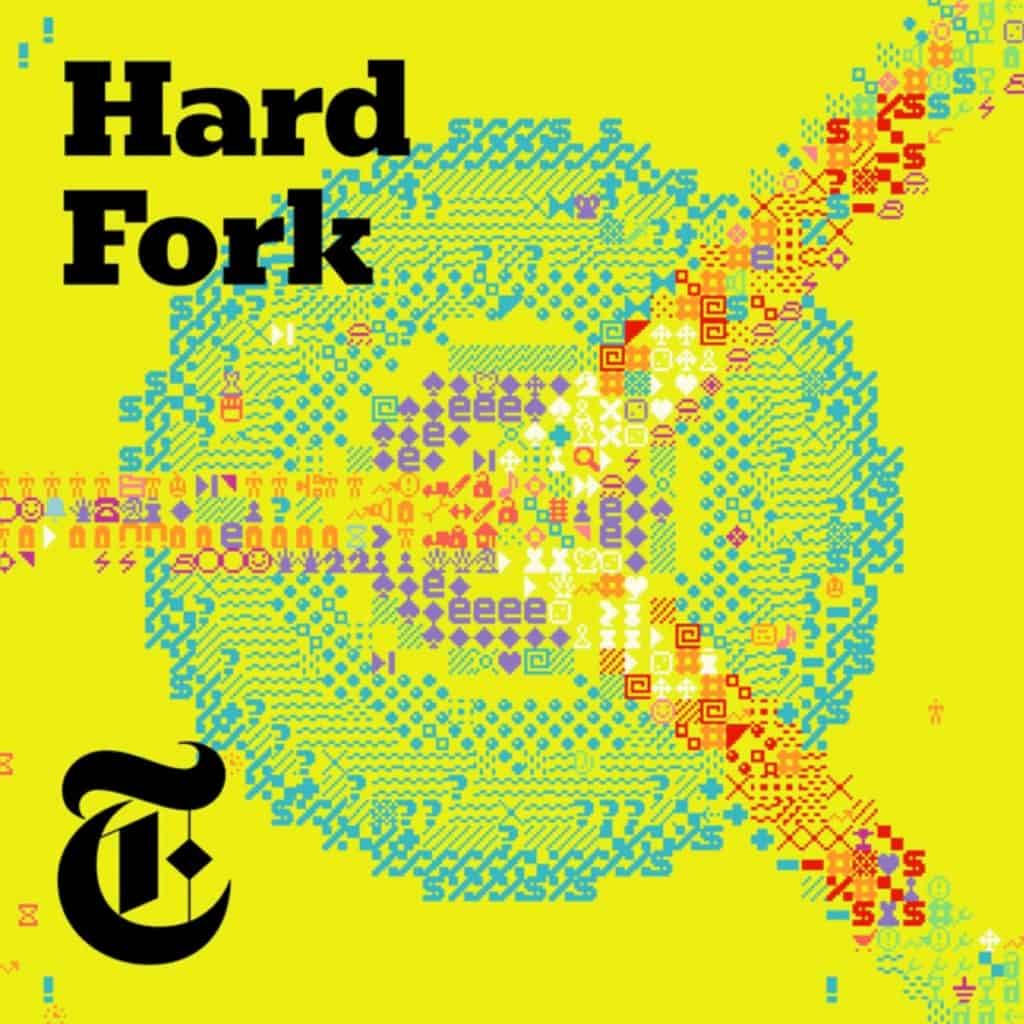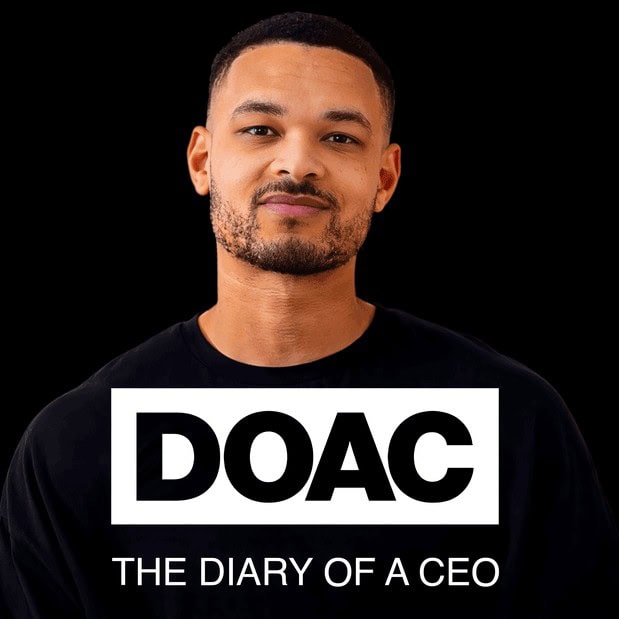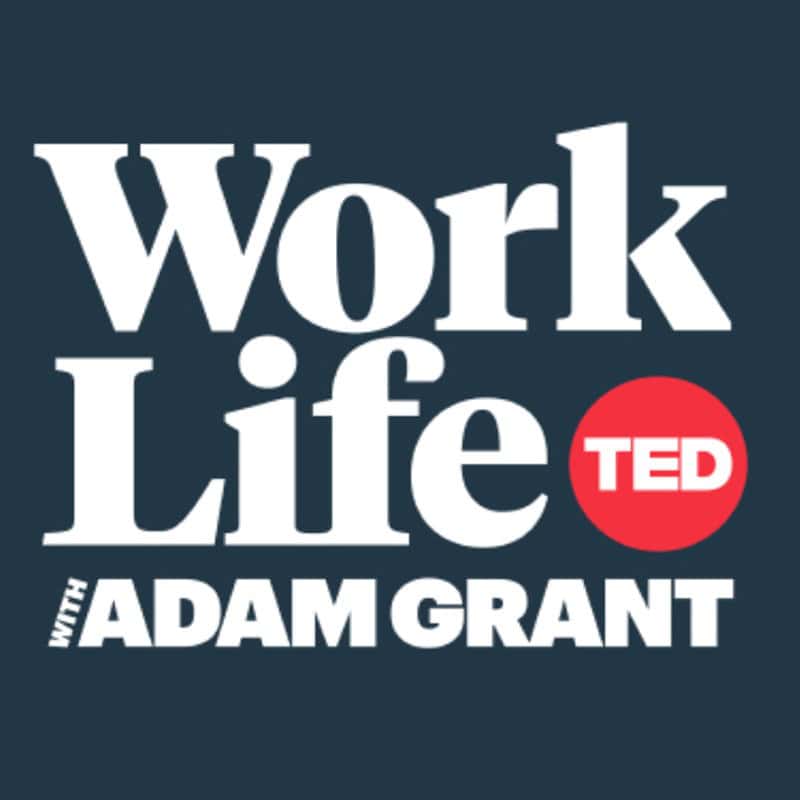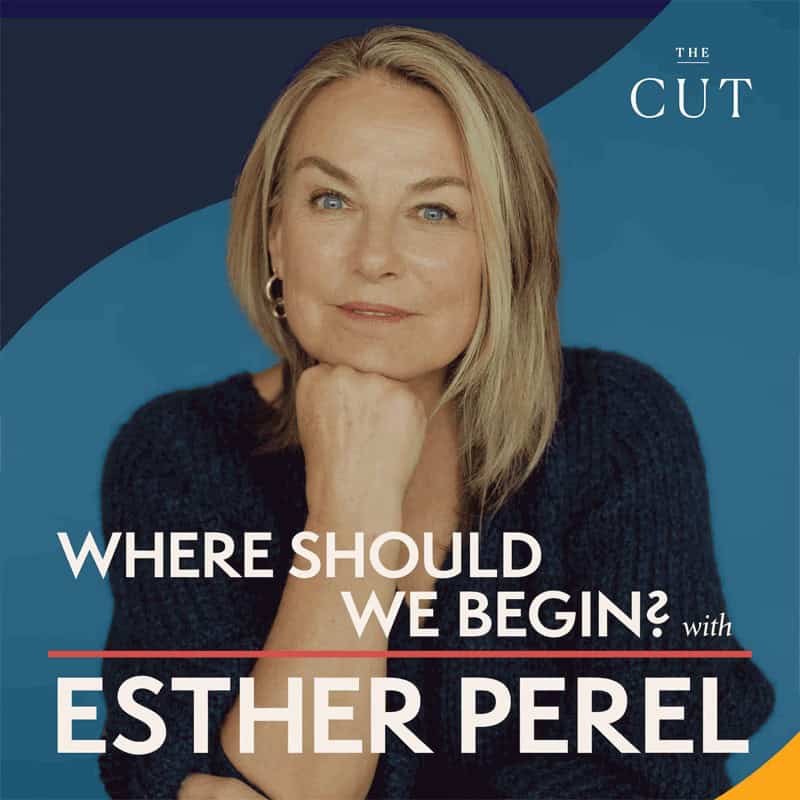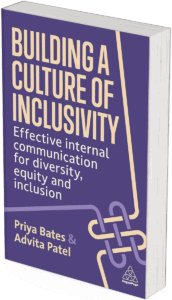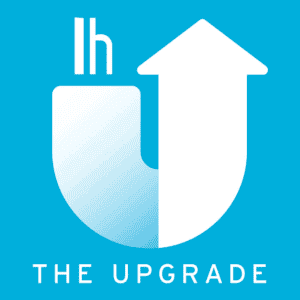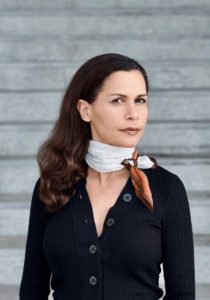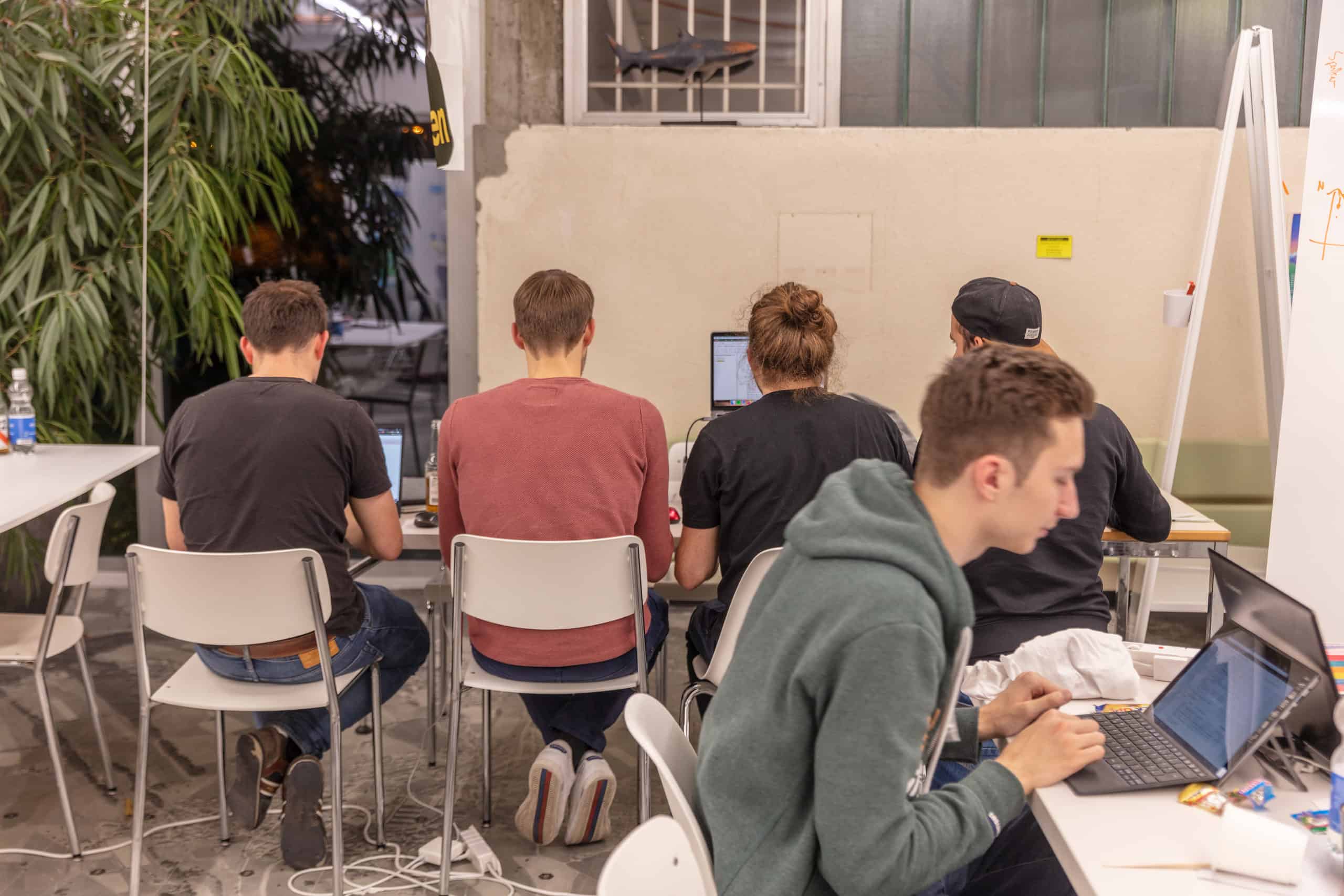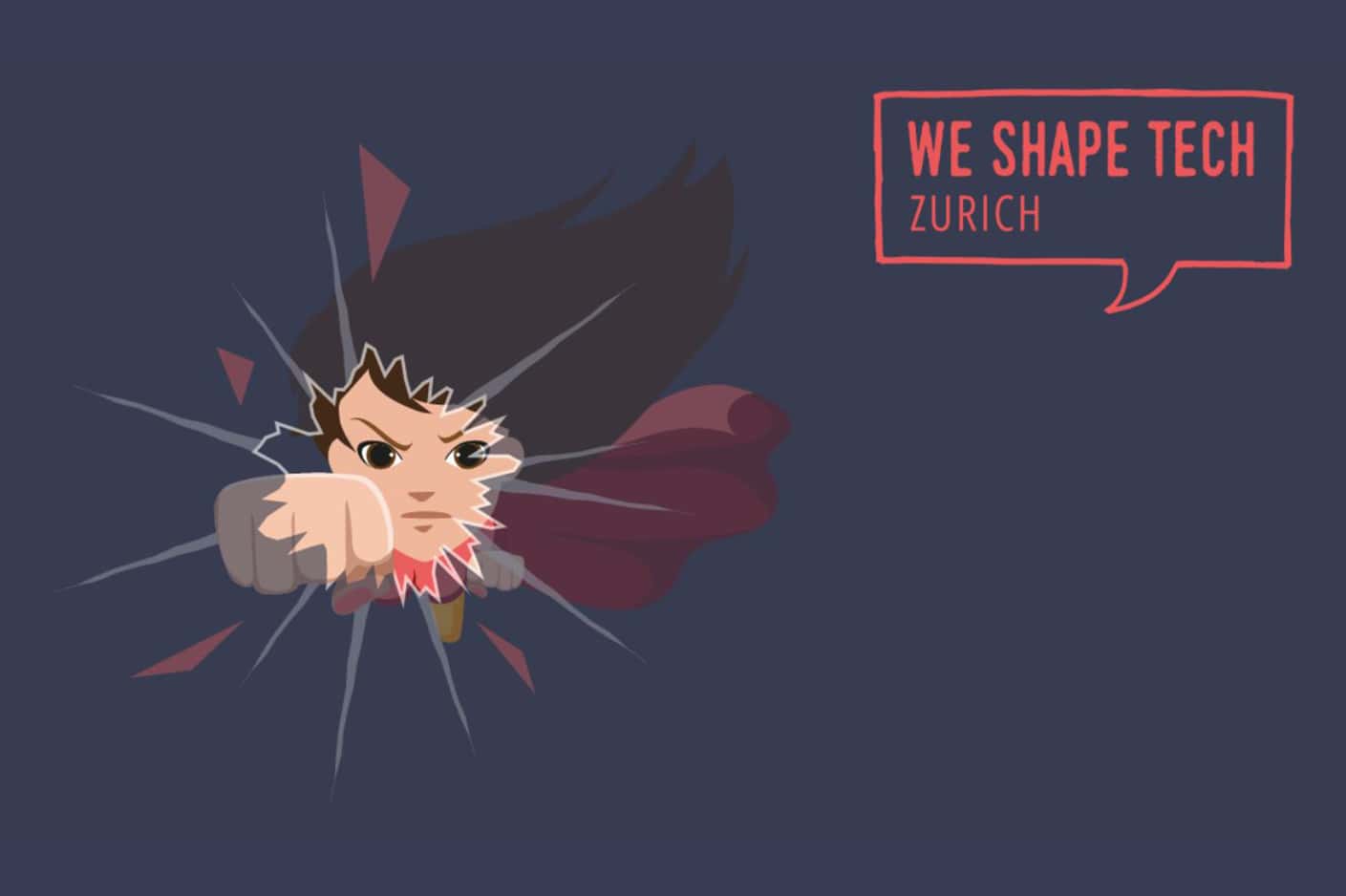Every month we ask one individual in our network a few questions about their way into tech, their motivation and their lessons learned.
Let’s start from the beginning. Tell us about where you’re from!
I was born in Basel to a Swiss father and Colombian mother, and grew up with four sisters who taught me to compete fiercely, adapt quickly, and question every rule. From an early age, I tried to bridge human misunderstandings and mend the disconnect. First through foreign languages, then through music, believing that shared words or melodies could bring people closer.
While studying and performing music professionally, I co-founded my first company. Later, I turned to management psychology to better understand what truly helps people move beyond disconnection. That journey led me to leadership roles at Impact Hub Singapore and Impact Hub Zurich, where I built communities and ecosystems rooted in innovation and purpose.
During my studies in digital management, I came to a deeper insight: human disconnect is not something to fix. Like mental health, it is messy, dynamic, and deeply personal. What it needs is consistent support, evidence-based tools, and real empathy. That realization became the seed for co-founding my current company, Earkick, an AI-driven mental health platform designed to deliver compassionate, context-aware support into everyday life.
What valuable advice did you get from your parents?
From my dad, a top manager with an entrepreneurial streak, I learned that everything is possible. He always thought big and saw opportunities everywhere. A charismatic leader, he had a gift for sparking a fire in people, which is why so many admired and wanted to work with him. Yet he only dared to follow his true passions after retirement. From him, I learned that staying in a corporate job when what you really seek is freedom and purpose comes at too high a price. His deep love for nature taught me to make the outdoors my refuge and let awe restore my balance.
From my mom, I learned that detail and consistency matter. Her love and quirky, idiosyncratic self did not always show right away – they revealed themselves in the small things. In how she never gave up on people or what she believed in. In how she made things beautiful, even when nobody noticed. Often overlooked and misunderstood, she helped me see that raw talent and unpolished value need to be discovered intentionally. A shy person who often struggled with words, she showed me that understanding and connection run deeper than language. You cannot just skim the surface and expect to find the real gold.
How did you become interested in tech?
When I moved to Singapore in 2013, it suddenly dawned on me how much of an enabler technology really is. It was not just about devices or code. It was about empowerment, creativity, and connection. Since the rise of AI, it has become clear that all of us are part of the tech world in one way or another, whether we recognize it or not. Whether we like it or not.
So, instead of fearing, avoiding, condemning, or glorifying technology, I decided to fully embrace it. For me, it became another language of expression and creation, a way to bring ideas to life and turn imagination into tangible value. Once I allowed my curiosity to lead the way, an entire world opened up. Everything I had been doing before could suddenly be scaled, shared, and multiplied through technology.
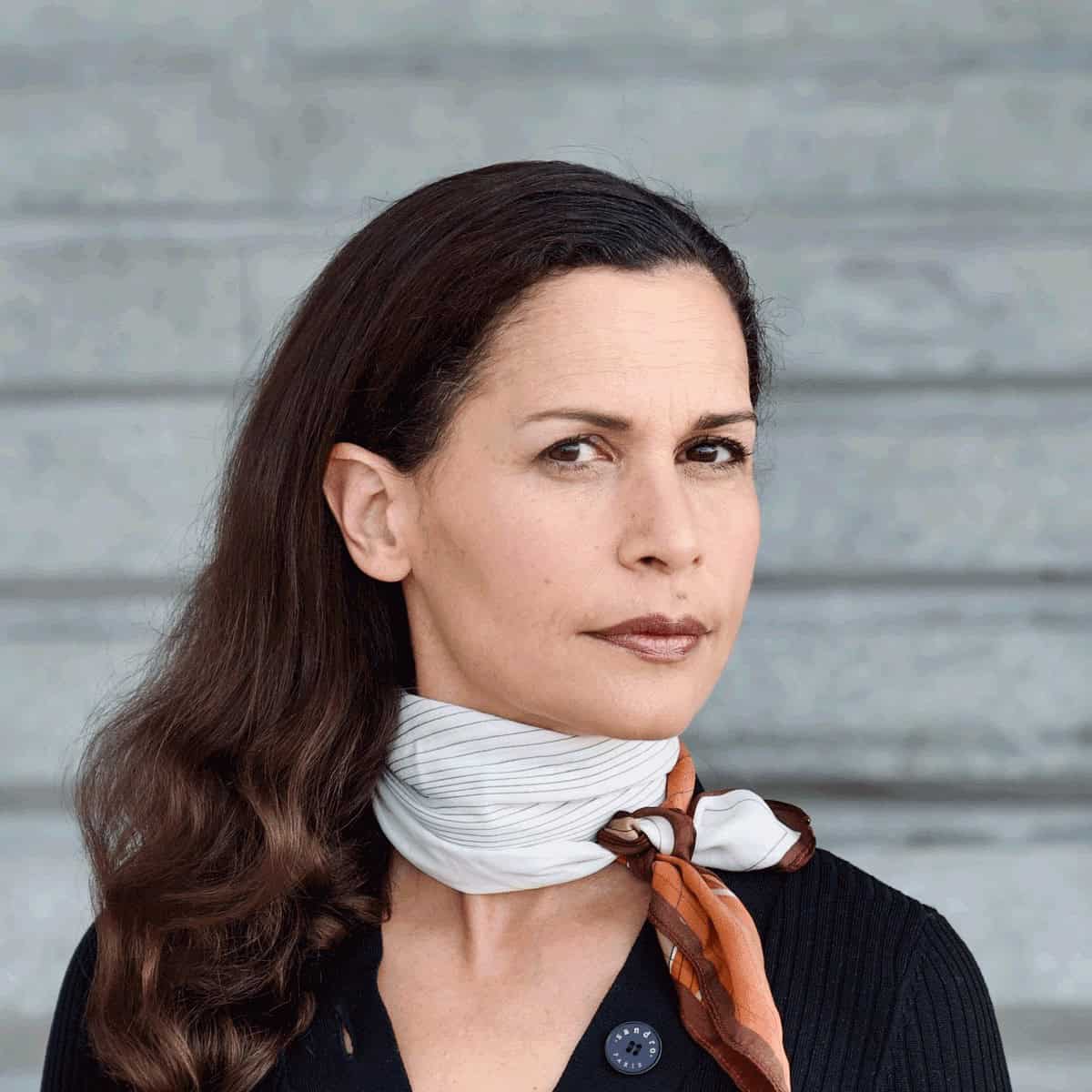
How does Earkick’s AI help bridge human disconnect, and what have you learned from designing it?
Disconnect shows up in many places. With ourselves, when we lose touch with feelings and needs. With body and mind, when stress and sleep pull in different directions. With others, when conversations miss the mark. With nature, when we forget to reset outside. And with purpose, when daily noise blurs our why.
Much of the pain comes from reacting instead of responding. We jump to conclusions, assign meaning, and act on a story that may not match reality. Earkick creates a timely reflection space so you can pause, vent or cry, check the facts, and then choose the next move. You can talk, type, or use video with our AI companion without feeling judged or shamed. It understands context, picks up emotional cues, and, with your consent, relates them to simple context signals. In real time and plain language, it mirrors patterns, helps reframe situations, offers micro-practices like breathwork or short scripts, and tracks what matters so progress becomes visible. Because most problems start small, that early nudge restores agency.
The design principles we learned are simple. People open up and engage when friction is near zero and trust is absolute. Radical privacy by default helps establish that trust: no registration, no personal data asked, you retain full control over your data, always.
On the efficacy side, design that makes continuity easy has the best results. Personalized guidance beats one-off advice, and small, timely interventions shift more trajectories than long lectures.
Above all, the AI nudges toward reconnection. It never grows tired to remind you: Go offline. Talk to a friend. Strengthen relationships. Seek professional help when needed.
Can you share how the idea for the name “Earkick” came about and what it represents?
The name “Earkick” combines “ear” and “sidekick”. The ear stands for active listening, for being present, lending an ear. But it also delivers real-time support through the ear, using sound. Whether it is a calming voice, a guided breathing session, or soundscapes, the audio creates an immediate sense of presence. You could be standing at a bus stop with your AirPods in, working through a tough emotion, defusing a panic attack, or just resetting your focus – and no one would know. That is the power of discreet, voice-based support.
The “sidekick” captures the spirit of the entire product, a steady, responsive companion that is always by your side. As a kid, I always imagined having such a little helper sitting on my shoulder, whispering in my ear and invisible to everyone else but me.
And finally, the “kick” is that small but meaningful nudge that helps you move forward when you feel stuck.
To bring this concept to life, we gave Earkick a mascot: the Earkick Panda. Emotionally expressive and visibly imperfect, it wears a scar over its heart as a mark of resilience. We made it quirky, cute, and responsive by design. The Panda reminds you to check in with yourself, celebrates your small wins, and always welcomes you back.
Have you ever had a role model that inspired you on your path?
Rather than a single role model, I have been fortunate to benefit from many different people who have inspired me along my journey. I have come to believe that everyone I interact with in daily life carries a small part of a role model within them. It has made stepping out of my comfort zone and taking a genuine interest in real people so rewarding. Countless times, I have been gifted with new insights or applied wisdom from someone I met only briefly. Those role models range from kids to old people, who owned their situation or sparked a lasting idea. I am convinced that there is no shortage of brilliant, fascinating people once we take a closer look and open our hearts.
What aspects of your work are you proudest of?
Again, there is not one single aspect, but I am deeply proud of the team at Earkick. We have built something genuinely unique: an AI-powered mental health companion you can talk to anytime, anywhere. As mentioned above, it remembers, adapts, and supports you in real time, based entirely on your input and emotional patterns. Unlike GPT wrapper bots or static wellness apps, Earkick holds context and is multimodal. You can shape its style, tone, and the way it responds. In collaboration with the user, it becomes a deeply personal, evolving sidekick that shows up when it matters most.
What moves me most is seeing how a simple daily interaction, such as a timely conversation, a breathwork nudge, or a moment of clarity, can have so much leverage.

We have hundreds of thousands of users around the globe who trust us to bring value to their lives. That trust is what gets me up every morning and keeps me going, no matter how tough the startup journey becomes.
What drives you at work?
Knowing that I am on a journey I intentionally chose. Leadership is hard. Innovation is hard. Work, relationships, and challenges are hard. Life itself is hard. But I get to choose my hard, and I get to commit to it every single day. I like hard things not because they make me struggle, but because they make me feel fully alive. Yes, I curse it, too. And sometimes I ask myself what I’ve gotten myself into. But then I remember how challenges stretch me, sharpen my awareness, and remind me that growth rarely happens in comfort.

What has been your toughest challenge you faced while working in tech?
Making mental health measurable in real time – something many thought impossible just a few years ago – and creating proprietary technology for mental health that people genuinely use regularly has been one of the toughest challenges. Building in mental health is inherently difficult because it touches one of the most vulnerable areas of human life. It requires sensitivity, evidence, efficacy, and deep responsibility.

Obsessively testing, rejecting ideas, and going back to the drawing board when we thought we were done can be tough.
Working in mental health also means paying extra care to our team’s and my own well-being. We cannot advocate for it while neglecting our own. Burning out is simply not an option.
Do you have a favorite book or podcast?
Too many to name them all! On podcasts, there is definitely HardFork by the New York Times, The Diary of a CEO by Steven Bartlett, Adam Grant’s podcasts, and anything Esther Perel does.
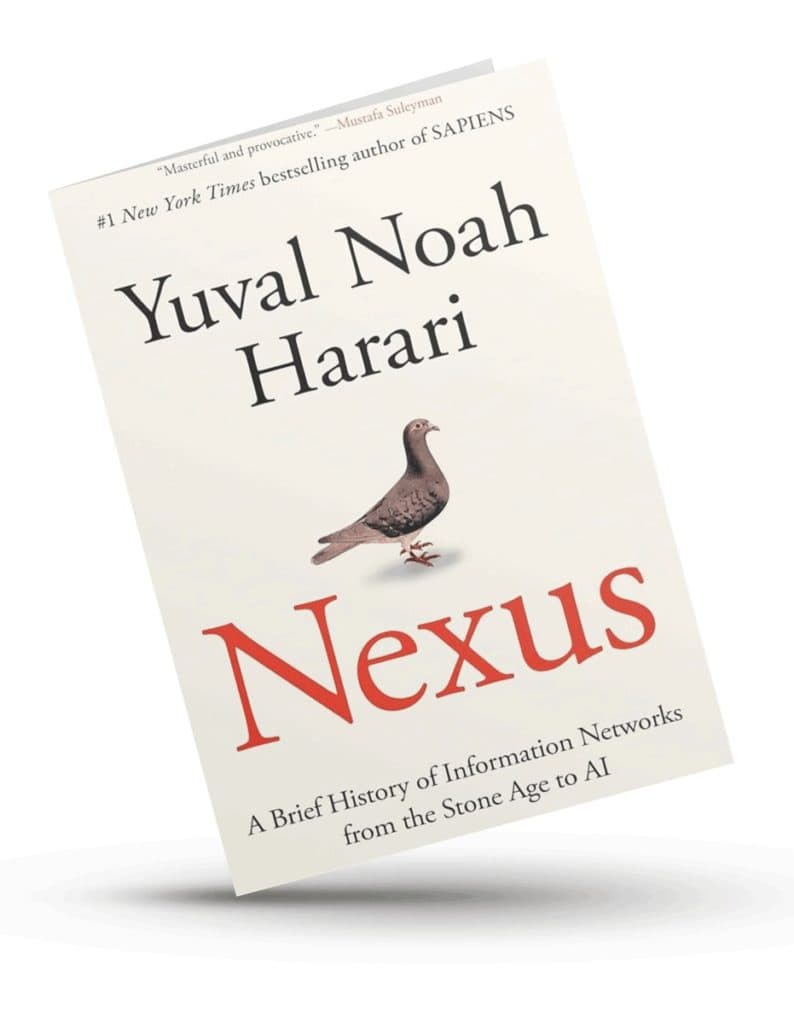
I am currently reading NEXUS by Yuval Harari and loving it.
WST comment: This book mainly argues that humankind gains enormous power by building large networks of cooperation, but the way these networks are built predisposes us to use that power unwisely
What advice would you give other women in tech?
Stay curious. Massively curious. Curiosity will carry you through the most anxious, frustrating, confusing, and unfair phases of your journey. It will help you ask better questions, connect dots others do not see, and find energy even when motivation runs low. If you are already in tech, keep going. We need many, many more of you! Not just as engineers or founders, but as designers, storytellers, product thinkers, researchers, and leaders shaping what technology becomes.

And what advice would you give women not yet working in tech that want to enter the field?
Start by finding your why. Any door is fine as long as you know why you are walking through it. Ask yourself: Why do I want to go into tech? What drives me? What kind of change do I want to be part of? What does an ideal outcome look and feel like – for me and for the people I care about most? Once you know that, take the first step and enter the field as soon as possible. The learning curve is steep and incredibly rewarding. Tech needs your perspective, and there has never been a better time to begin.
